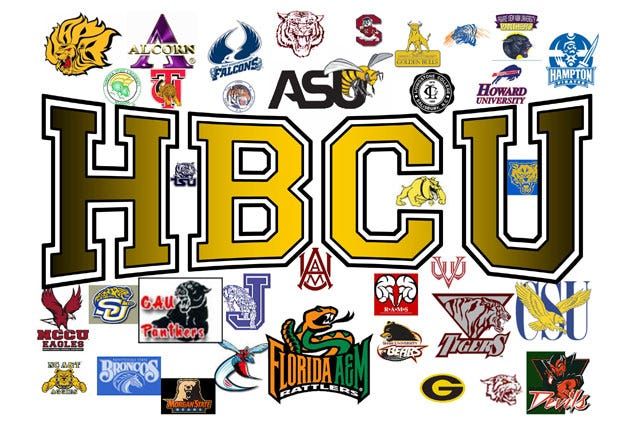Written By Lexx Thornton
HBCUs, or Historically Black Colleges and Universities, are institutions of higher education in the United States that were established before 1964 with the primary goal of serving the African American community. They are significant because they provided access to education during a time of racial segregation and have a rich history of contributing to the advancement of Black students. Though they make up only 3% of U.S. colleges, they produce a significant share of Black professionals, including 70% of Black doctors and dentists, 80% of Black judges, and a large percentage of Black engineers and teachers.
The first HBCU, Cheyney University of Pennsylvania, was founded in 1837, followed by others such as Normal School for Colored Girls (now University of the District of Columbia). MostHBCUs were founded between 1865 and 1900, post-Emancipation, as safe spaces for Black education when other institutions excluded them.
Today there are 107 recognized HBCUs. While they now enroll students of all races, they continue to serve a majority-Black student body and remain vital to closing educational gaps. Despite their small numbers, HBCUs contribute to nearly 20% of all college graduates.

